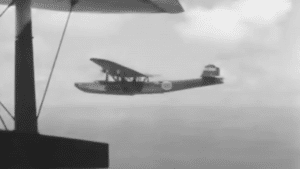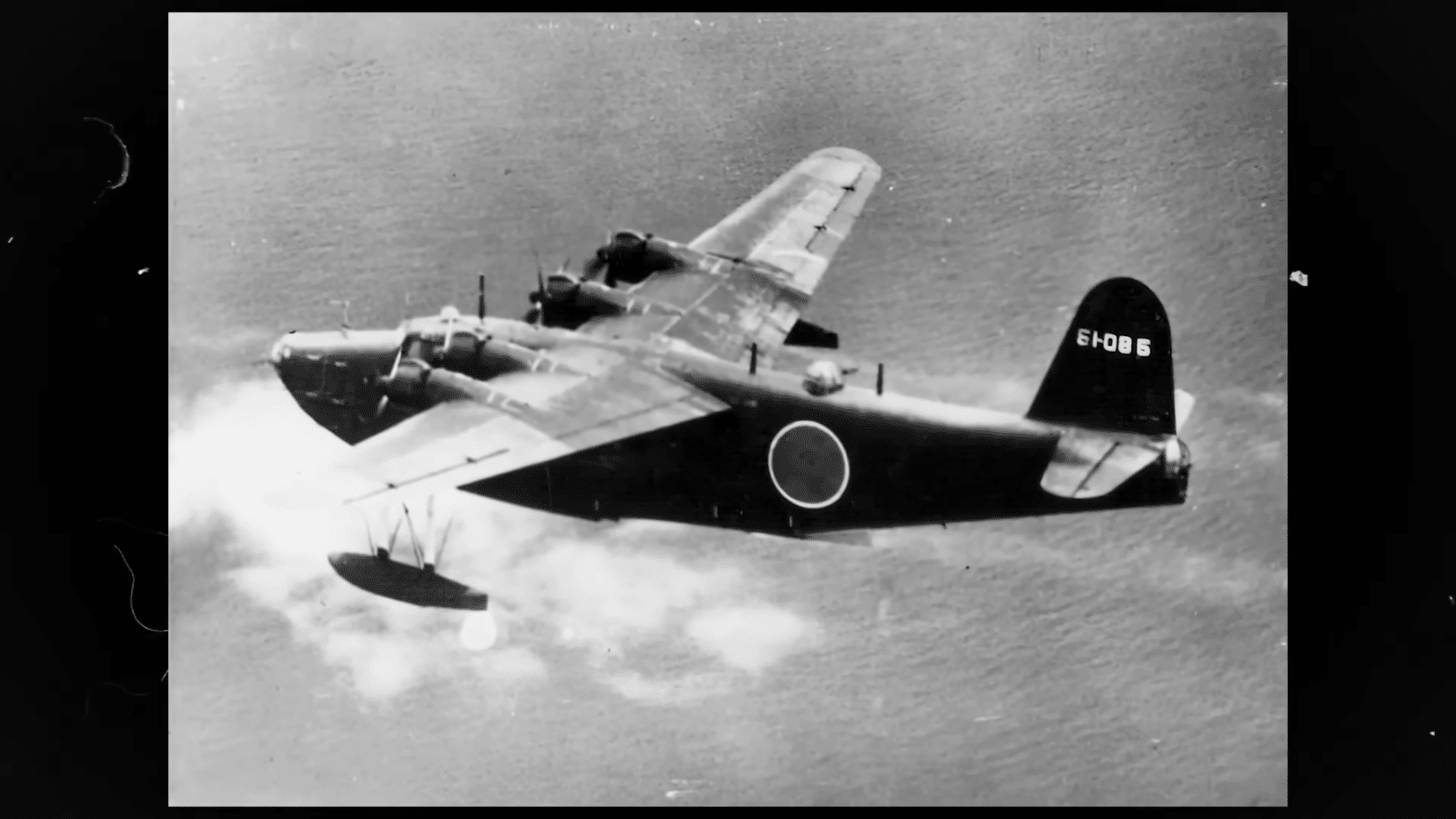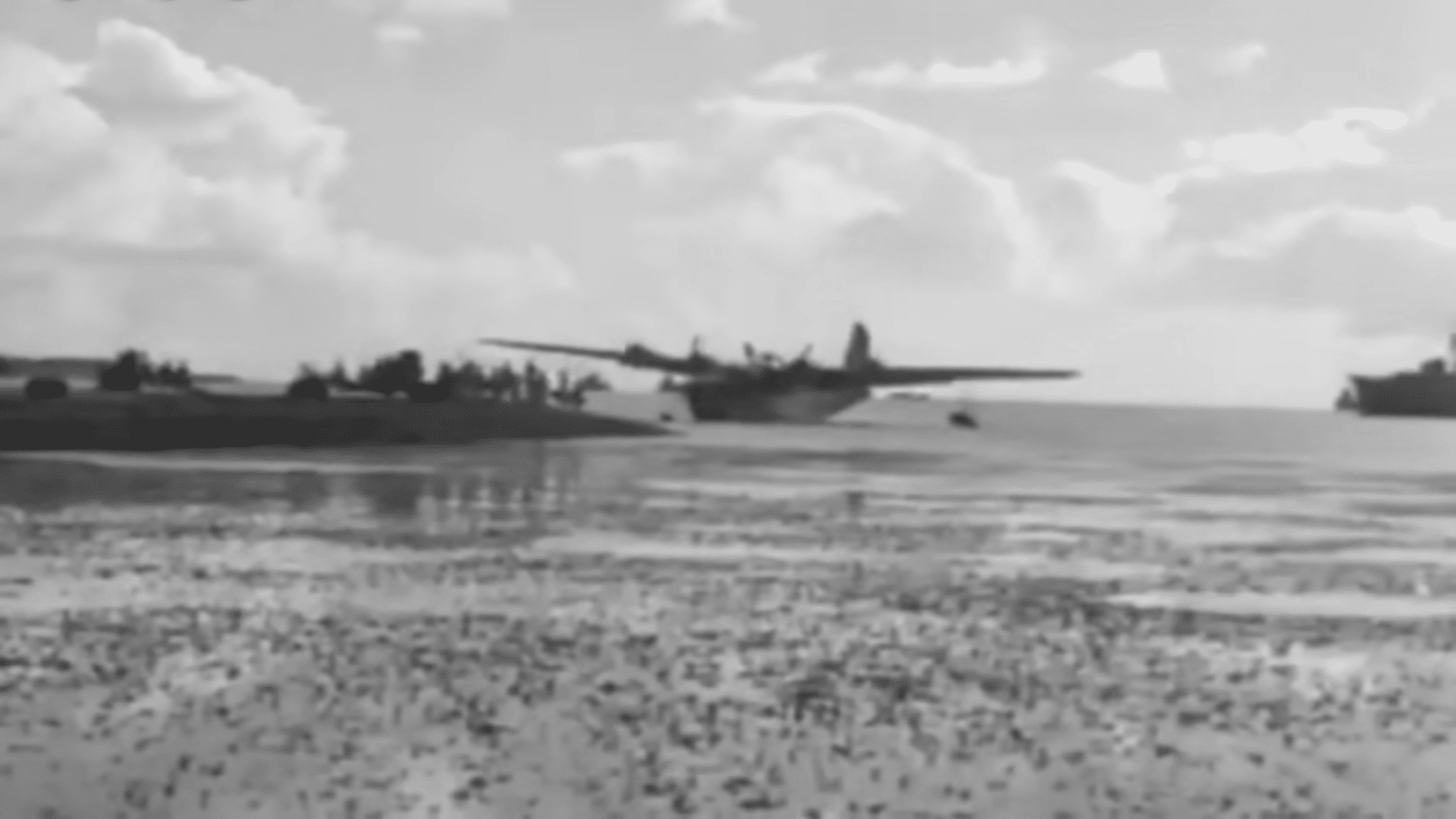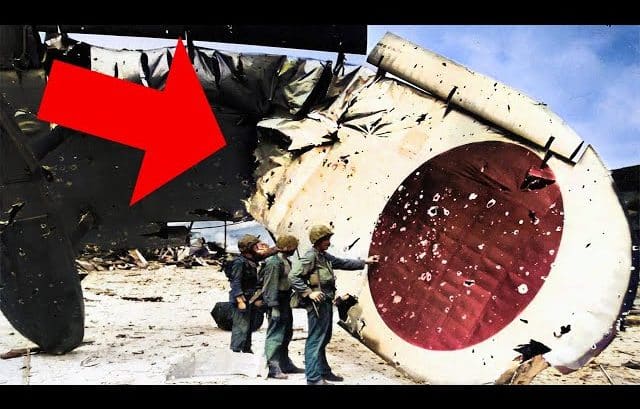During WWII, there was a remarkable aircraft that defied the odds, the formidable Japanese Kawanishi H8K. The H8K became the most massive and fearsome flying boat striking terror to the Allies.
However, the true genius behind his aeronautical marvel is its staggering range. This feature was pushed to its limit in March 1942 when these large flying boats traveled thousands of miles to Pearl Harbor, crushing a second, crushing blow to the United States forces.
Here’s what you need to know about the most capable Japanese flying boat of WWII:
The Empire’s Winged Boats
Japan, in her quest to match the Western superpowers, feverishly looked for ways to advance its aeronautical technology.
In the 1930’s, Japanese engineers turned to the West for inspiration creating a new generation of floatplanes. The H3K and the H6K were developed.

Airborne Titan
However, Kawanishi’s ambitious engineers envisioned a more massive and powerful flying boat, setting their sights on building the epitome of flying boat technology in WWII.
An airborne titan that not only will dominate the fleet of Japan, but potentially become the largest and most powerful flying boat in the world.
Enter ‘Emily’
The US’ PBY Catalina is widely recognized as one of the most distinguished and successful flying boats of the conflict. However, the Catalina pales in comparison to the sheer power, range, and size of the Kawanishi H8K. This fearsome giant dwarfed its contemporaries.

Codenamed “Emily” by the Allies, this all-metal, four-engine plane was the crowning achievement of the Japanese Navy in flying boat technology. It surpassed the capabilities of the H6K and exceeded every expectation with a top speed of 290 miles per hour, a range of 4,444 miles, and a daunting arsenal of weapons. It took its first flight in January 1941, with a total of 167 units eventually built.
Japan’s Engineering Triumph
The H8K’s design and firepower made it a formidable adversary to the Allies, terrorizing American submarines throughout the war. Its initial armaments included a 7.7 mm machine gun in the ventral position and side hatches.

It also featured five 20 mm cannons in the nose, tail, dorsal, and waist blisters. Nestled forward of a cantilever wing, its high cockpit housed four 1,530 hp Mitsubishi MK4A Kasei 11 engines. Meanwhile, the H8K2 model featured four 1,850 hp Kasei 22 ones with water injection, driving four-blade propellers.
While it was often hindered by the military limitations of the Japanese, the plane had the potential to excel in a wide range of patrol, reconnaissance, bombing, and transport missions.
Fate
The improved H8K2 was no doubt one of the most formidable opponents faced by the Allies in the Pacific. It was equipped with the ASV radar that would contribute to the sinking of at least three American submarines north of the Philippines during the last year and a half of the war.

The flying boat production, including the H8K series, eventually declined in 1945. While these planes never really reached their full potential because of the precarious state of the Japanese military, these versatile and formidable planes earned the respect of their enemies.



